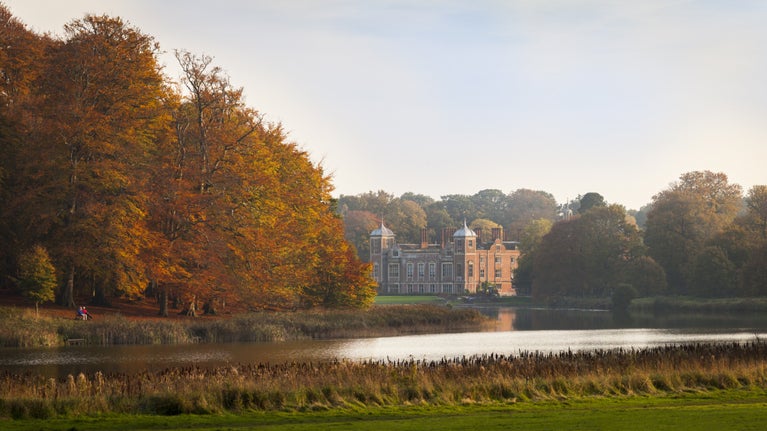
For everyone, for ever
We protect and care for places so people and nature can thrive. Find out who we are and what we stand for.

We want more of you to experience the beauty of landscapes where wildlife is protected and allowed to thrive. This is why the National Trust has teamed up with six other landowners to create the UK's first 'super' nature reserve at Purbeck Heaths in Dorset. Find out more about this ongoing collaboration, and why it is so important.
We know that working together with like-minded partner organisations has a greater impact on protecting the environment and the recovery of nature.
To this end, we've created a national nature reserve in partnership with Natural England, RSPB, Forestry England, the Rempstone Estate Trust, Dorset Wildlife Trust, and Amphibian and Reptile Conservation Trust, along with other landowners and managers.
Spanning 3,331 hectares, the ‘super’ reserve at Dorset’s Purbeck Heaths brings together 11 priority habitats, allowing animals, reptiles, birds and insects to move more easily across the landscape and adapt to the challenges brought by the climate crisis.
This will be of great benefit to a variety of rare wildlife, including the sand lizard, the Dartford warbler and the silver-studded blue butterfly.


Purbeck Heaths is one of the most biodiverse places in the UK. The precious landscape on the shores of Poole Harbour is home to thousands of species including over 450 that are listed as rare, threatened or protected.
Heathland birds, such as nightjar, Dartford warbler and woodlark, are regularly seen, as are larger birds of prey, including hen harrier, merlin and osprey.
The area is also home to Britain's rarest dragonfly – the southern damselfly – and Dorset's only colony of small pearl-bordered fritillary butterflies. Then there are the rare reptiles (smooth snakes and sand lizards) and at least 12 species of bats.
Among the many unsual plants that flourish at Purbeck Heaths are marsh gentians, great sundews and lesser butterfly orchids.
For more information on Purbeck Heaths and planning your visit to the reserve, go to www.purbeckheaths.org.uk.

We protect and care for places so people and nature can thrive. Find out who we are and what we stand for.
Find out how we look after coastal paths along 890 miles of coastline in England, Wales and Northern Ireland to make sure everyone can benefit.

Ash dieback is a fungal disease affecting the country’s native ash trees. As many as four out of five ash trees may be affected and, where the dying trees could cause a threat to human safety, we need to remove them.

Discover how we’re helping increase butterfly populations through habitat management and monitoring, and learn about the rare species we’re bringing back from the brink.

Working with partners, we're researching ecosystems at 100 woodland and meadow sites across the country to establish the benefits of conservation interventions.
